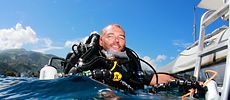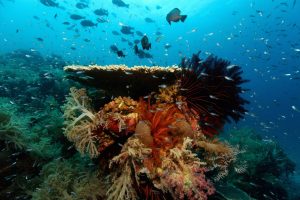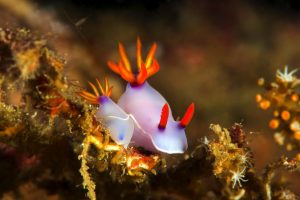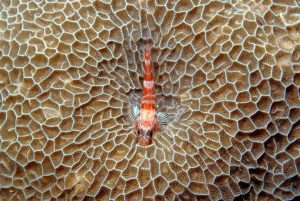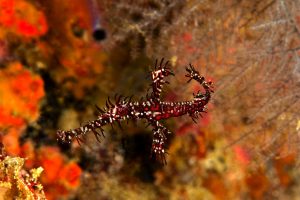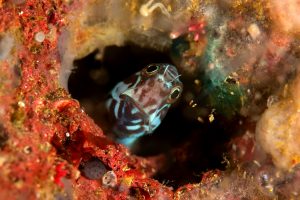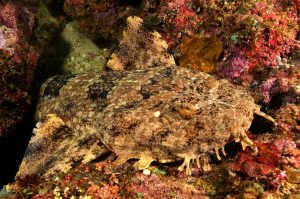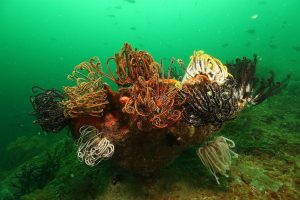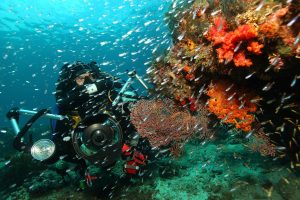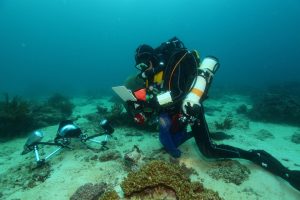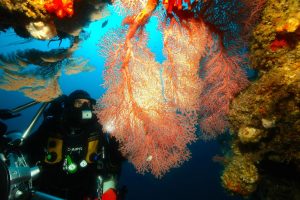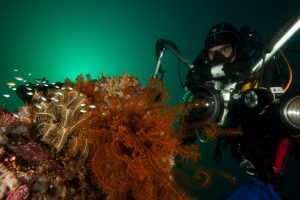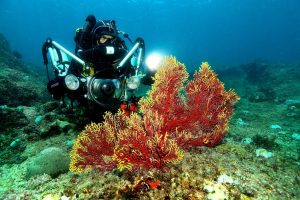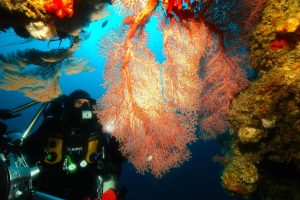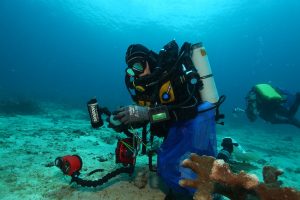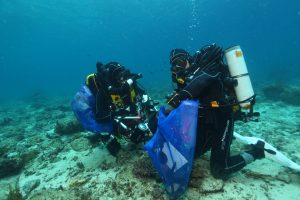Located in West Papua, on the island of New Guinea (Indonesia), the Lengguru range is characterised by series of mountain ridges separated by deep valleys. It consists mainly of karst, fractured limestone formations intertwined with galleries forming a multitude of natural labyrinths both above and underground, ranging from mountaintops down to more than 100 metres below sea level.
- Gilles Diraimondo
- Eric Bahuet
- Eric Bahuet
- Régis Hocdé
- Eric Bahuet
- Eric Bahuet
- Eric Bahuet
- Gilles Diraimondo
For millions of years, this environment has provided a mosaic of habitats with specific altitude, depth, obscurity, humidity, isolation, salinity and temperature parameters, promoting to the adaptation, evolution and conservation of animal and plant species. These unexplored and remote regions therefore, constitute unique reservoirs of biodiversity and are home to a large number of endemic species found nowhere else in the world.
The Lengguru 2014 Expedition, organised by the IRD, LIPI and POLTEK, expanded on these initial observations involved geomorphology, hydrology, karstology, botany, zoology, taxonomy, genetics, ecology and marine biology teams. It involved about a hundred participants on the field, including 25 European and 45 Indonesian scientists.
- Gilles Diraimondo
- Gilles Diraimondo
- Gilles Diraimondo
- Eric Bahuet
- Gilles Diraimondo
- Gilles Diraimondo
- Gilles Diraimondo
- Gilles Diraimondo
A large range of ecosystems were visited (aquatic and terrestrial, above the surface and underground, from high altitudes to deep waters, marine and continental) to study the interactions between geodynamics and biological evolution. Divers explored, with closed circuit rebreather or classical open circuit, the underground part of karst (caving dive) and the marine coast (bay, reef slopes…). There were no scientific data or study on these regions before Lengguru expedition. Many marine groups were studied (hard corals, gorgonian, echinoderms, molluscs, algae and seagrass…) with taxonomic, morphologic and functional approaches.
Such a joint scientific venture organised at the heart of the coral triangle and in a global context of biodiversity loss, represents an important contribution to the knowledge of historical and evolutionary processes. It helps to explain the unique biodiversity existing in this still poorly studied region located at the interface of the Indian and Pacific Oceans.
Explore more: http://www.lengguru.org/

